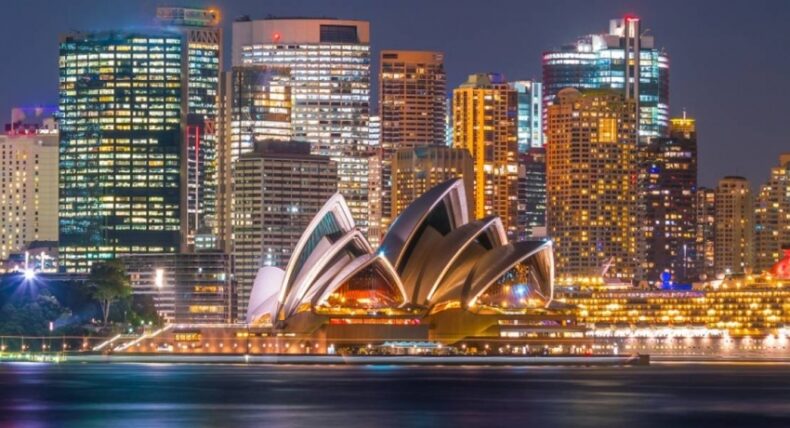In the wake of an energy crisis, Australians energy minister has advised residents in New South Wales and Sydney, to turn off their lights.
According to Chris Bowen, if a person “had a choice,” they should not use power for two hours every evening.
He said he was “sure” blackouts could be avoided.
It happened after the primary wholesale power market in Australia was shut down due to an increase in cost.
Mr. Bowen pleaded with residents in New South Wales to practise energy conservation.
During a televised media conference in Canberra, he said, “If you have a choice about when to show certain stuff, don’t air them from 6 to 8 [in the evening].”
What caused the crisis?
Australia is one of the largest exporters of coal and liquefied natural gas.
Still, since last month, it has been experiencing a power crisis.
Coal is still used to provide 75% of the nation’s power.
It has long been charged with not investing enough in renewable energy to reduce its emissions.
In recent weeks, Australia has seen effects from coal supply interruptions, outages at many coal-fired power units, and rising global energy costs.
Australia commits to a new carbon emissions goal.
Some coal mines in Queensland and New South Wales were affected by flooding earlier this year, and output has been reduced at two mines in New South Wales that feed the largest coal-fired plant in the country.
Due to unplanned outages and regular maintenance, over 25% of Australia’s coal-fired energy production capacity is unavailable.
Due to increased worldwide coal and gas prices brought on by sanctions on Russia over its invasion of Ukraine, several electrical companies have seen their expenses skyrocket.
Energy demand has increased due to the cold weather and Australia’s economy opening up following the relaxation of Covid-19 limitations.
The Australian Energy Market Operator, the market’s regulator, imposed a price cap of A$300 (£173; $210) per megawatt-hour for the wholesale market (Aemo).
However, numerous generators chose to hold back capacity since that cap fell below their cost of production.
On Wednesday, Aemo announced it would immediately set prices and pay generators for the deficit before taking the extraordinary action of shutting the market.
Additionally, it urged New South Wales households to “temporarily limit their energy usage.”
What comes next?
When the suspension would be removed has not been specified by Aemo. “The price cap will stay until cumulative wholesale power prices fall below the cumulative price threshold,” stated a statement.
The statement continued, “Aemo, as the operator of the national electricity system, will continue to monitor the situation and offer future information should conditions change.”
On Thursday, the largest energy generator in Australia, AGL Energy, said it would soon be ready to offer more electricity to consumers and businesses.
Three of its units have been out of commission at its coal-fired facility in Bayswater, New South Wales.
They are only several scheduled and unexpected disruptions that contributed to the current power crisis.
According to AGL, one of the units should resume operations on Thursday, while another should do so by Saturday.
According to Australia’s new prime minister Anthony Albanese, the problem will be discussed in a meeting with state premiers that begins on Thursday.
According to Lynne Chester, an energy specialist from the University of Sydney, who spoke with the BBC, policymakers have been aware of the dangers of outdated generators for decades.
According to Prof. Chester, the sector’s policymakers and regulators “have neglected the rising capacity restrictions of ageing generating assets, powered by fossil fuels, that dominate the sector.”
What does 13th June, The International Albinism Awareness Day signify













